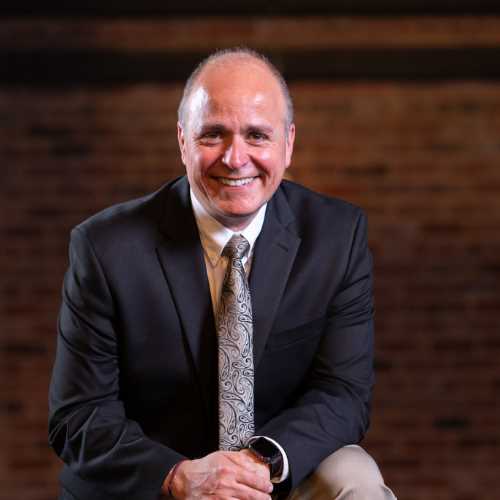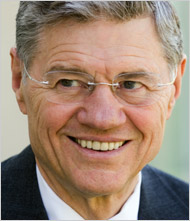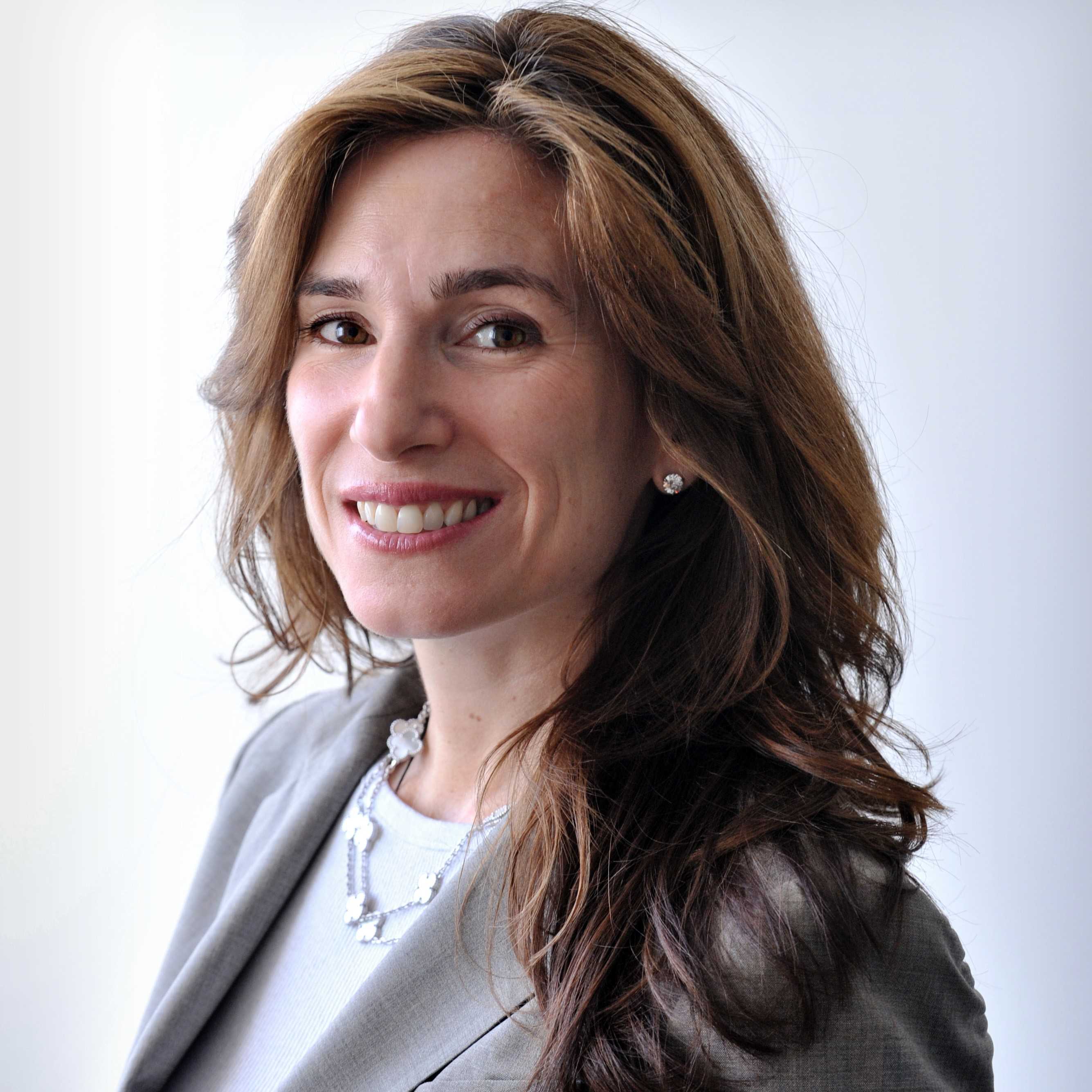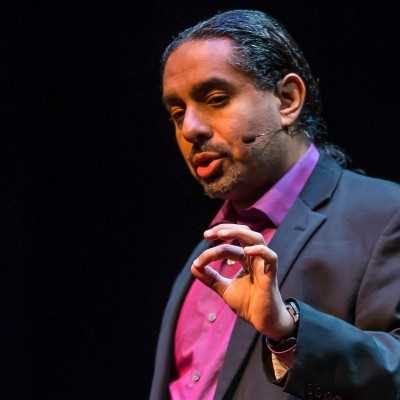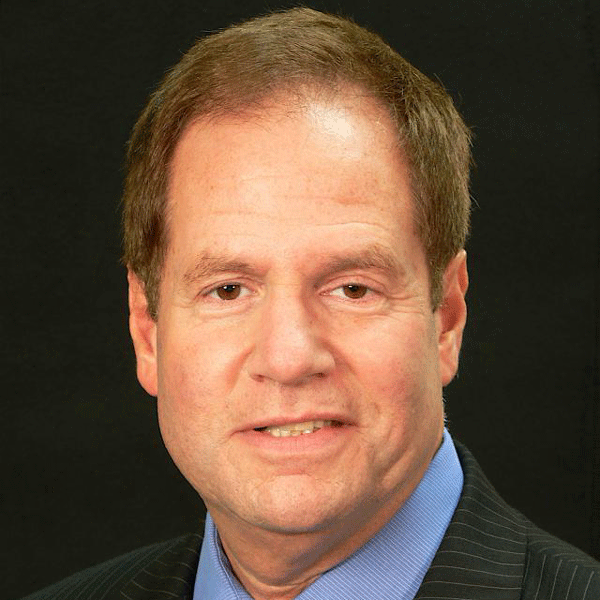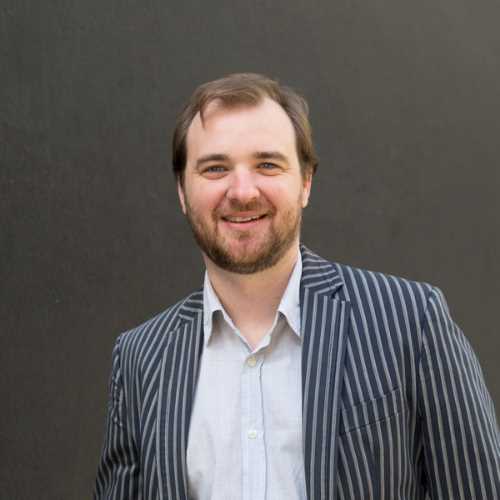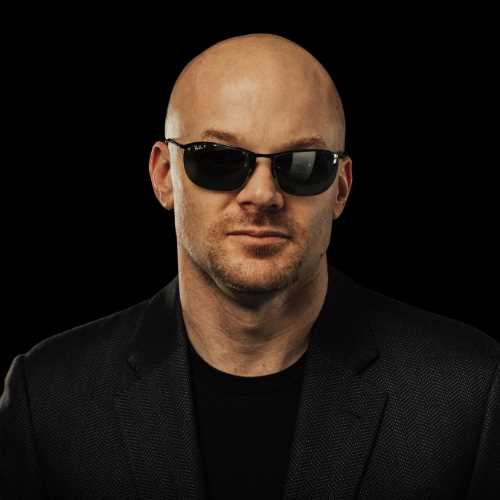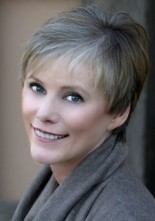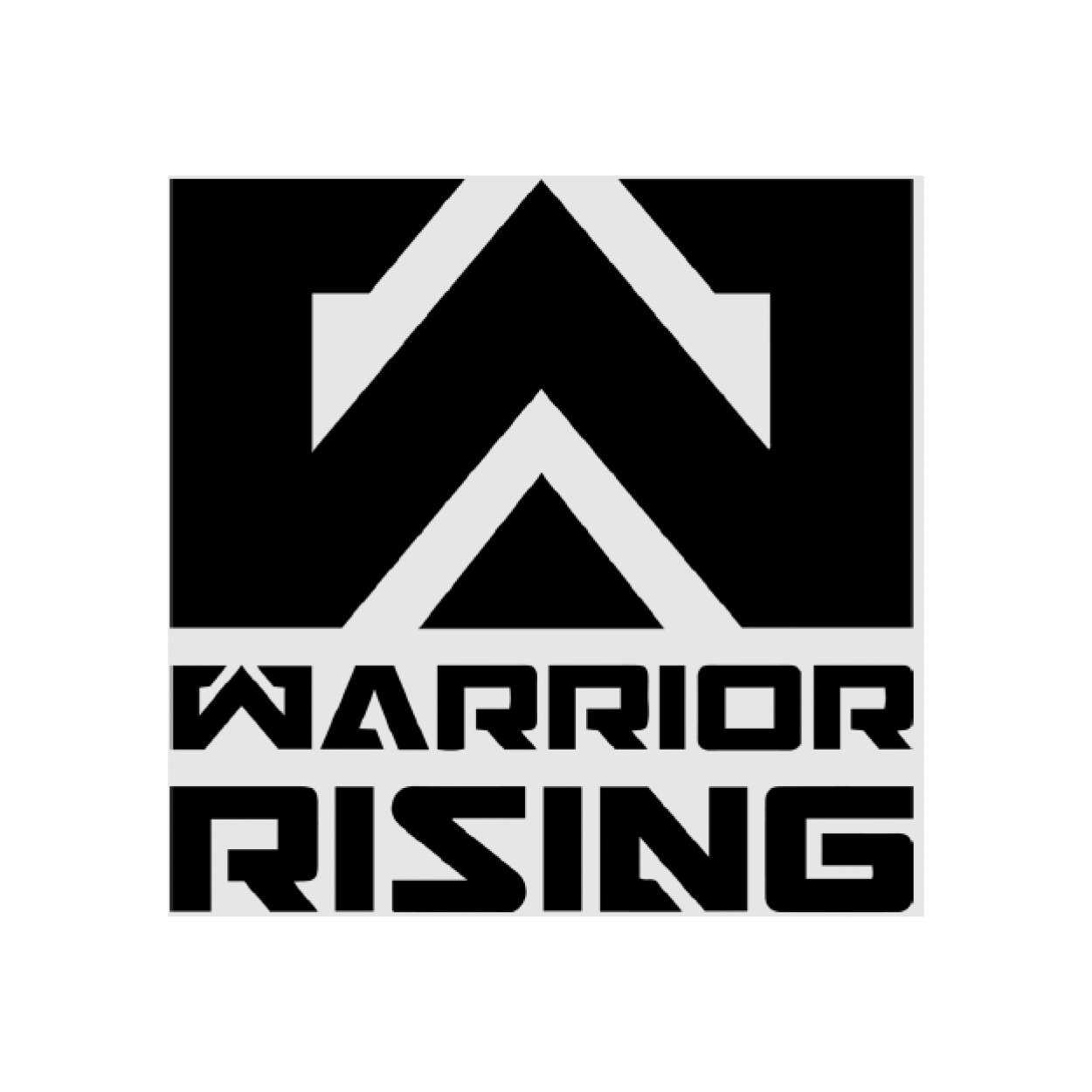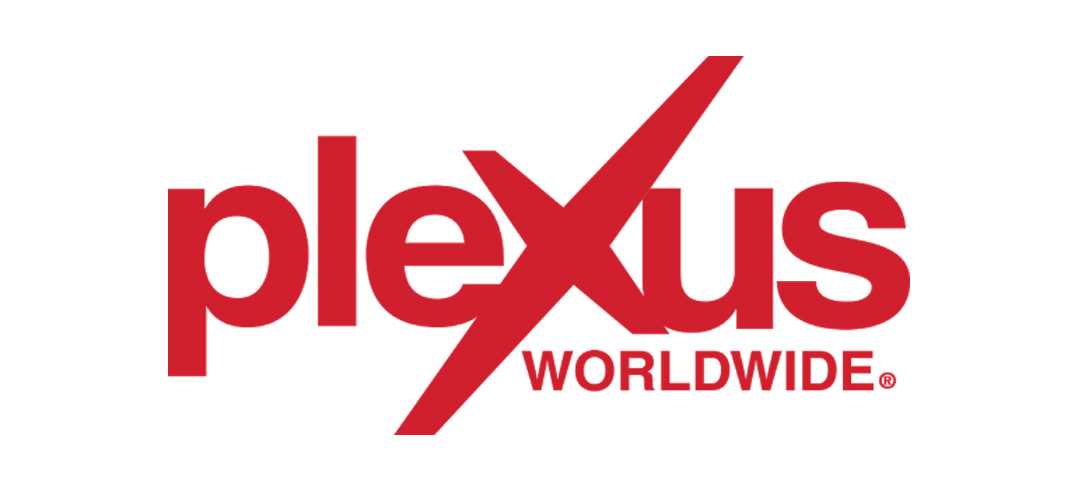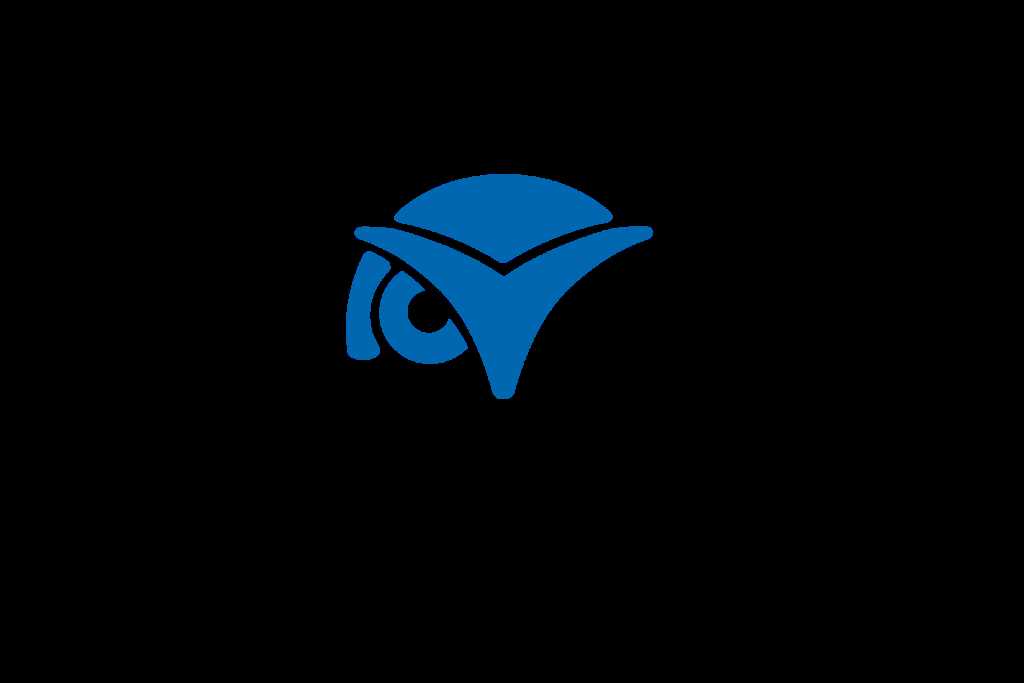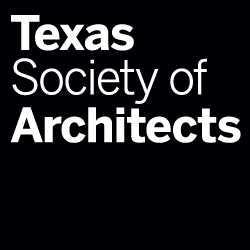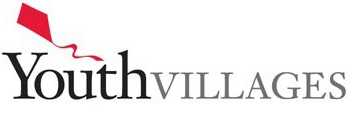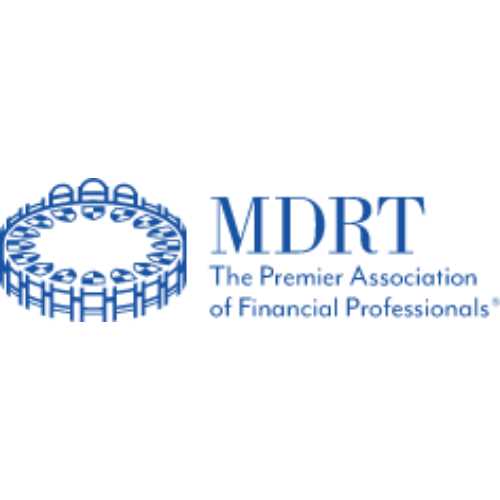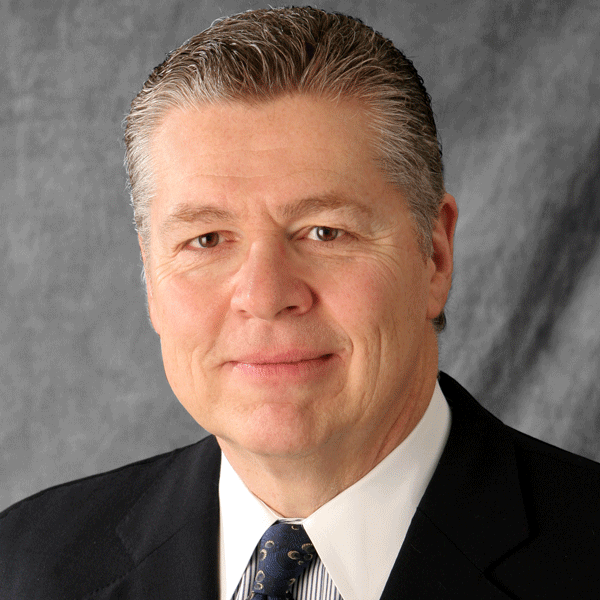
Bill Capodagli
Author of "The Disney Way" and "Innovate the Pixar Way"
International Management Expert Keynote Speaker
Travels From
Michigan
Bill Capodagli Speaker Biography
With over three decades of management consulting and corporate research expertise, Bill Capodagli co-authored The Disney Way: Harnessing the Management Secrets of Disney in Your Company. Fortune magazine cited The Disney Way as a “best business book” and “so useful, you may whistle while you work.” Bill’s latest book, coauthored by Lynn Jackson, is the definitive account of Pixar’s creative culture – Innovate the Pixar Way: Business Lessons from the World’s Most Creative Corporate Playground. Bill also coauthored the enormously popular The Disney Way Fieldbook: How to Implement Walt Disney's Vision of "Dream, Believe, Dare, Do" in Your Company and Leading at the Speed of Change: Using New Economy Rules to Invigorate Old Economy Companies.
Prior to co-founding Capodagli Jackson Consulting in 1993, Bill held managerial positions at the consulting firms of AT Kearney, and Ernst & Whinney (now Ernst and Young). From 1991-1993, Bill launched and served as director of the Center for Total Quality Management at the University of Southern Indiana and presented The Disney Way principles to a vast client base. Bill holds degrees in economics and mathematics from Illinois State University.
Bill Capodagli’s expertise in leadership, innovation and customer service has been the catalyst for transforming the cultures of numerous organizations. In the past decade, Bill Capodagli has become one of the most recognizable international keynote speakers on the cultures of Disney and Pixar.
To book Bill Capodagli call Executive Speakers Bureau at 901-754-9404.
If Walt Ran Your Organization! - The Disney Way
Walt Disney’s management lessons are as relevant today as they were four decades ago at the time of his death. And his spirit, the culture he established, and the values he lived by still guide the Disney organization.
In this highly acclaimed presentation, Bill Capodagli describes the 6 reasons why Disney is a relevant role model for today’s business leaders. Bill shares lessons from The Walt Disney Company and other highly successful companies such as Four Seasons Hotels and Resorts, Men’s Warehouse, and Ernst & Young.
Dreams and Dreamers: How to Innovate Like Walt Disney and the Pixarians
Pixar is the benchmark of innovative success. With numerous Academy Awards under their belts, they keep breaking the mold on creativity and taking it to the next level. From Toy Story to Up, Pixar never settles for what they’ve done but continues to look forward to the future.
Bill takes you on a tour of the most innovative, creative organization in the world. You’ll learn how to look at the world through a child’s eyes (and why it’s important). You’ll learn how to believe in your team … how to jump in and try something different … how to create your own corporate playground … and more.
Among the Key Points You’ll Learn:
- The Dreamers Walt Disney and the Pixarians
- Dream Like a Child Where did the creativity go?
- Believe in Your Playmates Collaboration in the sandbox
- Dare to Jump in the Water and Make Waves Try, Learn, Try Again
- Do Unleash Your Childlike Potential Make a Dent in the Universe
- New Beginnings
Leadership - The Disney Way
Walt Disney was once asked what the secret to his success was and he replied, I dream things and ways of doing business that have never been done before; I test those dreams against my personal believes and the values of the organization; I dare to take the risks to make my dreams a reality; and I put plans together so those dreams do become a reality. Dream, Believe, Dare, Do are the principles that have guided the Disney organization for over 80 years. Walt Disney’s leadership not only created an organization that has stood the test of time, but it created an international icon. Can we even imagine a world without Mickey Mouse, Minnie Mouse or Goofy?
Walt left us over 40 years ago, but his leadership lessons are as relevant now as they were back then. Bill Capodagli will not only explain the critical elements in Walt’s definition of leadership, but also provide extraordinary leadership examples from the featured companies in The Disney Way. Bill will also recommend an action plan to improve anyone’s leadership skills.
Customer Service - The Disney Way
Walt Disney created an organization that has become the quintessential model for customer service, perhaps in the entire world. In this presentation, Bill Capodagli leads his audience to apply Walt’s Dream, Believe, Dare, Do principles to achieve a Disney Way service culture. Bill challenges his audience to view their organizations as “show business.” He clarifies the importance of continuously putting on a good “show” for guests. Bill encourages audiences to begin a journey of becoming “customer-centric producers” of their own “shows”.
Walt Disney once said. “You don’t build the product for yourself. You need to know what people want and build it for them.” Bill provides a solid roadmap required to become a customer-centric organization.
Creativity and Storyboarding - The Disney Way
Walt Disney was indeed a creative genius, even though he often said, “we don’t allow geniuses around here.” His true genius was his ability to focus on being the best by creating something new or reinventing the old. Great leaders don’t just meet customer needs; they create unique experiences. They don’t simply provide a product or service that meets specifications; they solve customer problems; they fulfill customer dreams; and they create “magical moments.”
In this presentation, Bill Capodagli introduces Storyboarding, a tool that Walt Disney created in the 1930s and continued to use in all of his creative projects for the remainder of his life.
Storyboarding is a structured exercise that quickly captures the thoughts and creative ideas from a group of participants. These thoughts and ideas are recorded on cards and then displayed on a board or a wall. The result is what Bill calls an “idea landscape.” Storyboarding is an ideal tool for generating solutions to problems and enhancing communications. Bill teaches audiences how storyboards can be adapted to a variety of problem-solving situations in which the introduction of the visual element makes interconnections of ideas, creative thoughts and activities readily apparent.
Bill will present how Disney creates an environment that is conducive to creativity and innovation. Bill also explains how to apply the “nine-step” process to move a “blue sky” dream to a unique guest experience.
If Walt Ran Your Hospital! - The Disney Way
Success in today’s health care industry comes from inspired leadership and focusing on the holistic patient experience. There are great lessons to be learned from Walt Disney who believed in creating a “magical” experience for guests. . . the same paradigm that is alive and well in the best of the best health care environments today.
Walt Disney was once asked what made him so successful. He said that he would often Dream of new techniques that had not been attempted in the past; Believe in the power of his own values; Dare to take risks; and then just Do something to accomplish the dream.
In this presentation, Bill Capodagli translates the Dream, Believe, Dare, Do model for the health care setting. He provides a variety of examples, most notably Griffin Hospital in Derby, Connecticut, owner of the famed Planetree approach to hospital management. Bill also recounts the inside story of how the Disney leadership and service standards were achieved – not by sudden flashes of creative insight, but by a much considered and carefully wrought system for constantly raising the bar of excellence. Bill provides solid techniques for adapting The Disney Way model to the health care environment.

